Integration of Wearable Technology
The integration of wearable technology into the Birth Control Wearable Market appears to be a pivotal driver. As consumers increasingly embrace smart devices, the demand for innovative birth control solutions that seamlessly integrate with daily life is on the rise. Wearable devices that monitor physiological parameters, such as body temperature and hormonal levels, provide users with personalized insights. This trend is supported by data indicating that the wearable technology market is projected to reach USD 60 billion by 2025, suggesting a robust growth trajectory. Consequently, the Birth Control Wearable Market is likely to benefit from advancements in sensor technology and data analytics, enhancing user experience and efficacy.
Shift Towards Preventive Healthcare
The ongoing shift towards preventive healthcare is emerging as a crucial driver for the Birth Control Wearable Market. Consumers are increasingly prioritizing proactive health management, seeking solutions that not only prevent unwanted pregnancies but also promote overall well-being. This trend is underscored by the fact that the preventive healthcare market is expected to grow at a CAGR of 10% over the next five years. As a result, the Birth Control Wearable Market is likely to see a surge in demand for devices that offer comprehensive health monitoring alongside contraceptive functions, appealing to health-conscious consumers.
Growing Awareness of Reproductive Health
There is a notable increase in awareness surrounding reproductive health, which significantly influences the Birth Control Wearable Market. Educational initiatives and advocacy for women's health have led to a more informed consumer base. This heightened awareness is reflected in the rising interest in non-invasive contraceptive methods. According to recent surveys, approximately 70% of women express a preference for technology-driven solutions that empower them to manage their reproductive health. This trend indicates a shift towards personalized and user-friendly birth control options, positioning the Birth Control Wearable Market favorably for growth as it aligns with consumer preferences.
Rising Demand for Customizable Solutions
The rising demand for customizable health solutions is a key driver in the Birth Control Wearable Market. Consumers are seeking products that cater to their individual needs and preferences, leading to a surge in interest for personalized birth control options. This trend is evident in the increasing availability of devices that allow users to adjust settings based on their unique physiological responses. Market data suggests that nearly 65% of consumers are willing to pay a premium for customizable health solutions. Consequently, the Birth Control Wearable Market is likely to evolve, offering a diverse range of products that empower users to take control of their reproductive health.
Regulatory Support for Innovative Solutions
Regulatory support for innovative health solutions is playing a significant role in shaping the Birth Control Wearable Market. Governments and health organizations are increasingly recognizing the importance of accessible reproductive health technologies. Initiatives aimed at streamlining the approval process for wearable contraceptive devices are gaining traction. This regulatory environment fosters innovation, encouraging companies to invest in research and development. As a result, the Birth Control Wearable Market is poised for expansion, with new products entering the market that meet both consumer needs and regulatory standards.


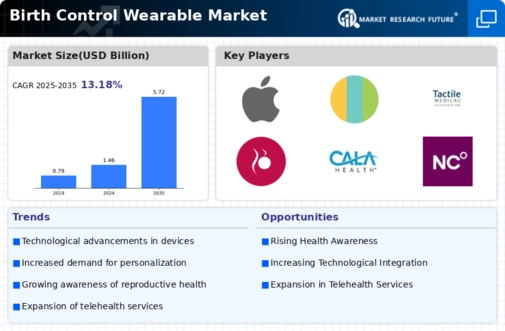
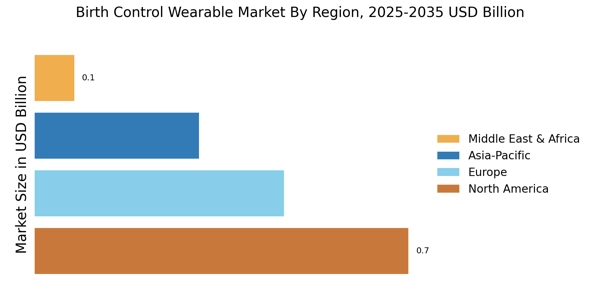
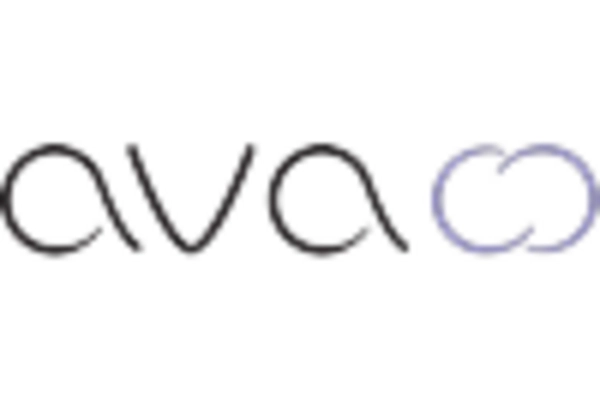
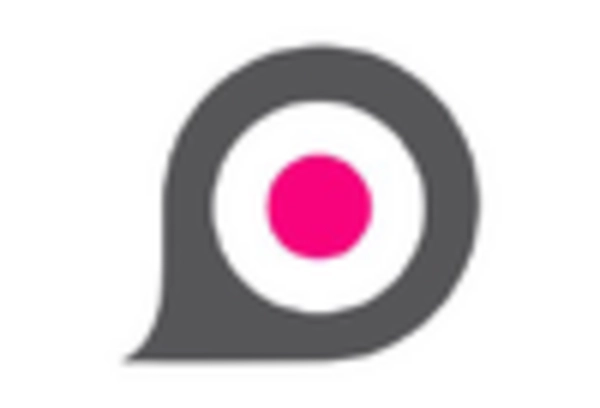

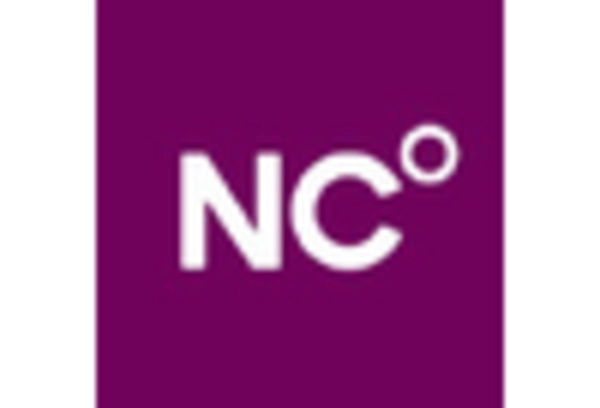
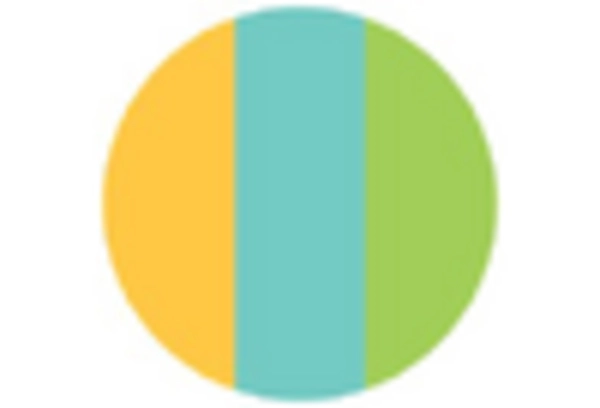
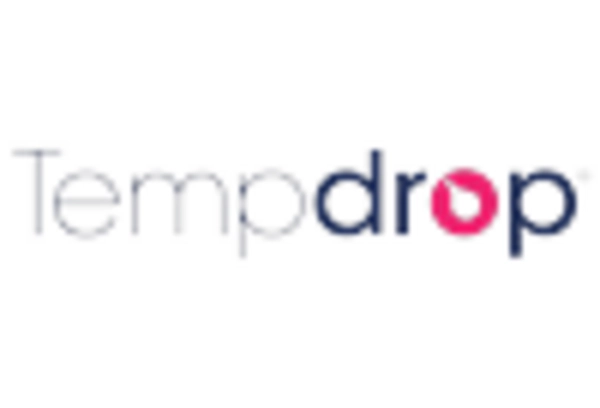








Leave a Comment